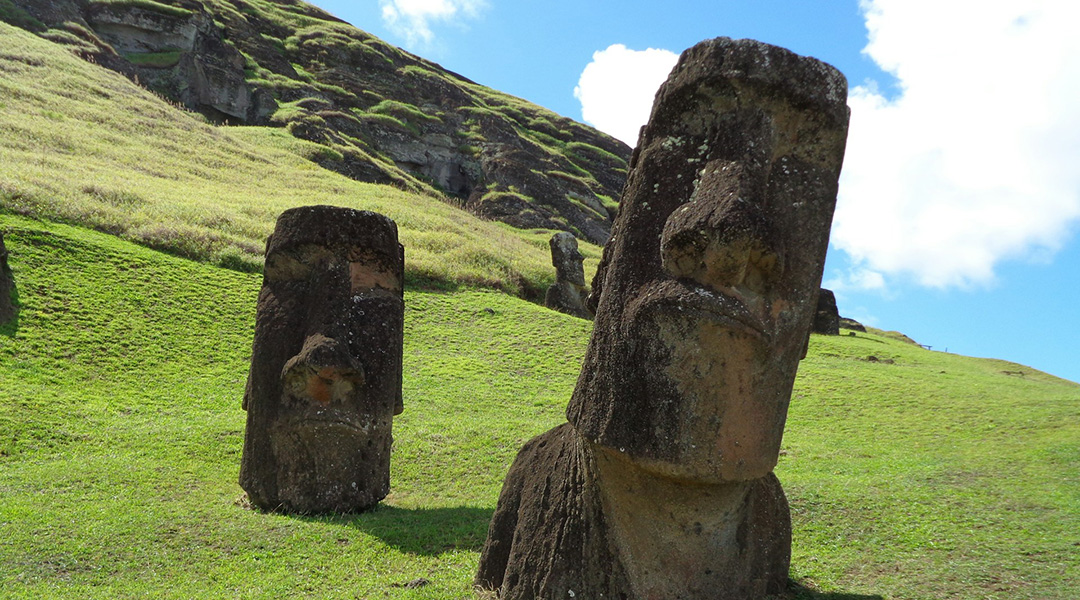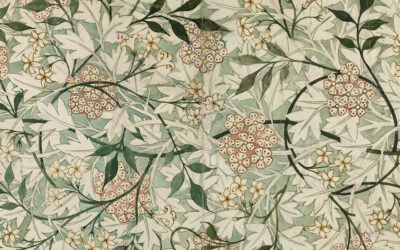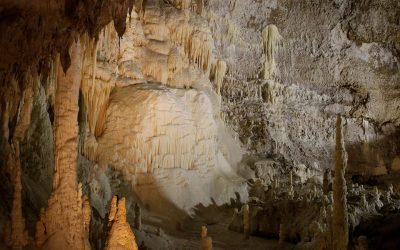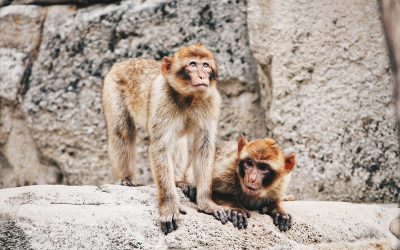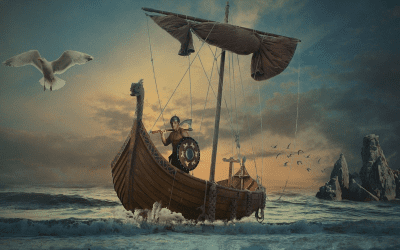Rapa Nui, the indigenous name of Easter Island, is often cited as a classic case of population collapse due to resource overexploitation. This is because when Europeans first arrived on Rapa Nui in the 18th century, only a few thousand islanders and several hundred moai statues remained. But new data collected via satellite imagery is challenging this theory.
“Many claims have been made about the large population that is often assumed to have once been living on the island,” said senior author Carl Lipo, a researcher at Binghamton University, New York, in an email to Advanced Science News. “To evaluate these claims, we wanted to look at the extent of rock gardening cultivation, one of the key means by which past people produced terrestrial food sources.”
Sailing thousands of miles, the Polynesian people arrived on the island in the southeastern Pacific Ocean, which they named Rapa Nui. Of volcanic origin, Rapa Nui lacked freshwater and productive soil, and cultivating food proved difficult.
To ameliorate this issue, the population initially burned the native palm trees, a common method employed in slash-and-burn agriculture. Eventually, they carried out a form of cultivation called rock gardening to draw sustenance from this unproductive landscape. The soils of Rapa Nui are depleted of most minerals necessary for growing food, such as nitrogen, phosphorus and potassium.
Rock gardening to grow crops in a harsh environment
In their current study, researchers report that rock gardens, used to cultivate food, occupied only about 1% of the island’s surface area, suggesting that the island likely never had enough resources to sustain a large population.
Practiced in several parts of the world, rock gardening in Rapa Nui was done in three different ways: Fist-sized rocks were layered on the soil surface, boulders were placed on top of soil, or broken pieces of rock were buried through soil up to 25 cm deep. Sweet potato was a staple crop often planted in these rock gardens.
The rocky material would increase airflow, modulate temperature, offer shade, check wind, prevent nutrients from washing away, and provide new nutrient sources from previously unexposed surfaces of rock. Thus, rock gardening was crucial to the survival of the Rapa Nui people, with nearly half their nutrition being sourced from the land.
To find out how much of the island was covered in rock gardens, the researchers used high-resolution multispectral imagery, archaeological survey data and machine learning. “Short-wave infrared (SWIR) imaging captures a specific part of the electromagnetic spectrum that is very sensitive to moisture content and mineralogical differences,” said first author Dylan Davis, a researcher at Columbia University.
“Because rock gardening (lithic mulching) impacts the environment by changing the moisture content of soils and adds additional rock and mineral sources, SWIR is really useful for distinguishing rock gardens from natural bedrock that is present throughout much of Rapa Nui’s landscape.”
Satellites and AI help paint a clearer picture
About 12 years ago, researchers had used satellite imagery to claim that rock gardening took up 4.3 to 21.1 km2 of Rapa Nui’s total land area of 163.6 km2, supporting a population of approximately 17,000 people. When they initially came across some early SWIR data of the Rapa Nui Island (from 2015 to 2017), the researchers analyzed it and found that the newer technology could distinguish between rock and rock gardens.
Over five years, the team carried out a series of ground surveys on the island to find where rock gardens and other rocky features were present. “A previous study proposed a model in which large swaths of the island were used for rock gardening which could have, in theory, supported significant numbers of people,” added Lipo. “Our field work, however, found that many of the areas identified in the previous study were false positives.” What were once considered rock gardens were actually found to be volcanic deposits and natural rocks.
Using data from the ground surveys, the researchers trained a machine learning algorithm to search for rock gardens in satellite imagery of the island. Ultimately, the researchers found that rock gardening on the island occupied only about 0.76 km2 of the island — a significant departure from earlier estimates.
Given that so little of the land was available for cultivation, the researchers sought to arrive at a more accurate estimate for population size on the island. The carrying capacity of the rock gardens would have been around 2000 people. While the rock gardens were primarily used to cultivate sweet potatoes, the islanders also drew nutrition from marine sources and limited farming of taro, yams, bananas and sugarcane outside the rock gardens.
Considering these additional sources of nutrition, the island’s carrying capacity would have been around 3901 people. “As such, grand narratives about a population that far outstripped the carrying capacity of the island are unlikely, as the maximum population size that could have been supported matches European observations from the 18th century (when they were supposedly collapsing due to environmental overshoot),” said Davis.
A false first impression
Previously, supporters of the theory believed that only the survivors remained as population collapse had already begun when Europeans first encountered Rapa Nui. But these findings add to a newer belief that the population on the island was not collapsing but living sustainably.
“Additionally, many of the behaviors that people look at to suggest the need for large populations (like building and moving the large moai statues) do not require large populations — just cooperation between people,” said Davis.
“So, rather than a cautionary tale, what this work illustrates is that Rapa Nui should be viewed as a success story. People managed to survive against all odds in one of the most remote places on Earth with limited natural resources for centuries,” added Davis. “It just required innovation and cooperation to improve growing capacity by crushing and depositing rock fragments into the otherwise nutrient poor soils.”
However, the researchers caution that absolute figures on the island’s population size are presently unknown. More data on other sources of sustenance as well as on how the rock gardens may have changed through the years is needed to come to a firmer conclusion, for which further studies are needed.
Reference: Dylan S. Davis, et al., Island-wide characterization of agricultural production challenges the demographic collapse hypothesis for Rapa Nui (Easter Island), Science Advances (2024). DOI: 10.1126/sciadv.ado1459
Feature image: Hundreds of huge stone statues known as moai built by earlier residents are taken by some as evidence of a onetime much larger population. Photo by Stephanie Morcinek via Unsplash

